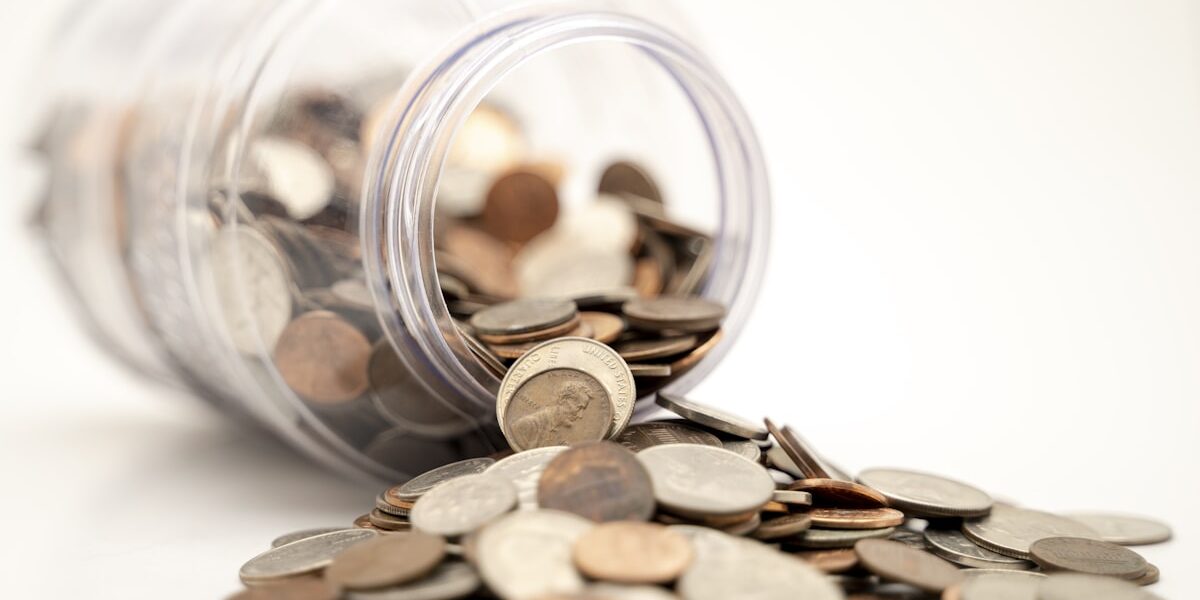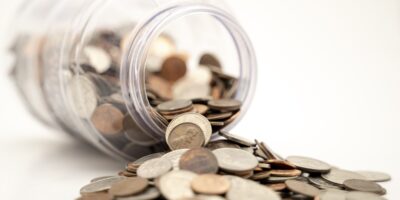The Discoveries Within the 1965 Quarter
Coins, as understated as they might be, carry a wealth of history and artistry that is often overlooked in everyday transactions. One coin that surprisingly speaks volumes of its era – both in its production and worth – is the unassuming 1965 quarter.
The Coin and Its Notable Characteristics
The 1965 quarter is a U.S. quarter dollar minted in 1965 as part of the Washington quarters series. What strikes as extraordinary about this particular quarter is that it skips the popular 90% silver content, instead made of a less-expensive copper-nickel clad. This change was significant, marking a major shift in the U.S. Mint’s traditional production methods.
Also playing a significant role in its rarity is its missing mint mark. Distinguishing coins using letters was a common practice for U.S. Mints. The 1965 quarter, however, lacks such a mark, muddling its origin and thus ramping up the mystery and intrigue for coin collectors.
Historical Context: Transition from Silver to Clad
Understanding the value of the 1965 quarter requires a dive into the economic situation of the time. The decade was marked by an increase in the price of silver, and by 1964, the metal’s value had surpassed what quarters were worth. The logical solution for the U.S. Mint? Transition to a cheaper metal composition.
The result was a new coin, known as a clad coin. The 1965 quarter was one of the first to feature this new composition, made up of a pure copper core encased in a copper-nickel blend, giving it a silvery appearance at mere fraction of the cost.
Anomalous 1965 Quarters
Silver quarters did not immediately disappear from circulation despite the metal transition – an important detail for coin collectors. There’s a small subset of 1965 quarters known as transitional errors, which were mistakenly struck on silver planchets left over from 1964, directly adding to their worth.
Identifying these anomalous 1965 quarters requires keen attention. If the quarter has a noticeably high-pitched ring when dropped compared to a regular clad coin, or if it showcases the weathering effects of silver, it might just be one of those elusive transitional errors.
Collectable Worth
Though a standard 1965 quarter in circulation doesn’t amount to much more than face value, collectors could take interest in high-grade examples. These uncirculated coins, despite having the common copper-nickel clad composition, might fetch a fair sum in the numismatic market.
However, if you find yourself in possession of a 1965 silver quarter, its value increases exponentially. These notorious transitional errors can be worth thousands of dollars, largely due to their scarcity and the fascinating narrative they add to the numismatist community.
Wonder of Coin Collecting
Regardless of its monetary worth, each 1965 quarter holds its own tangible piece of history. Whether it’s witnessing an economic shift or spotting an overlooked minting error, each coin adds a layer of richness to the wonderful world of coin collecting. Who knows – the next time you receive a quarter as change, it may very well hold a fascinating story dating back to 1965.
Recommended Collecting Supplies
Coin Collection Book Holder Album – $9.99
312 pockets for coins of all sizes.
20x Magnifier Jewelry Loupe – $13.99
Essential tool for examining coins and stamps.
As an Amazon Associate, we earn from qualifying purchases.



